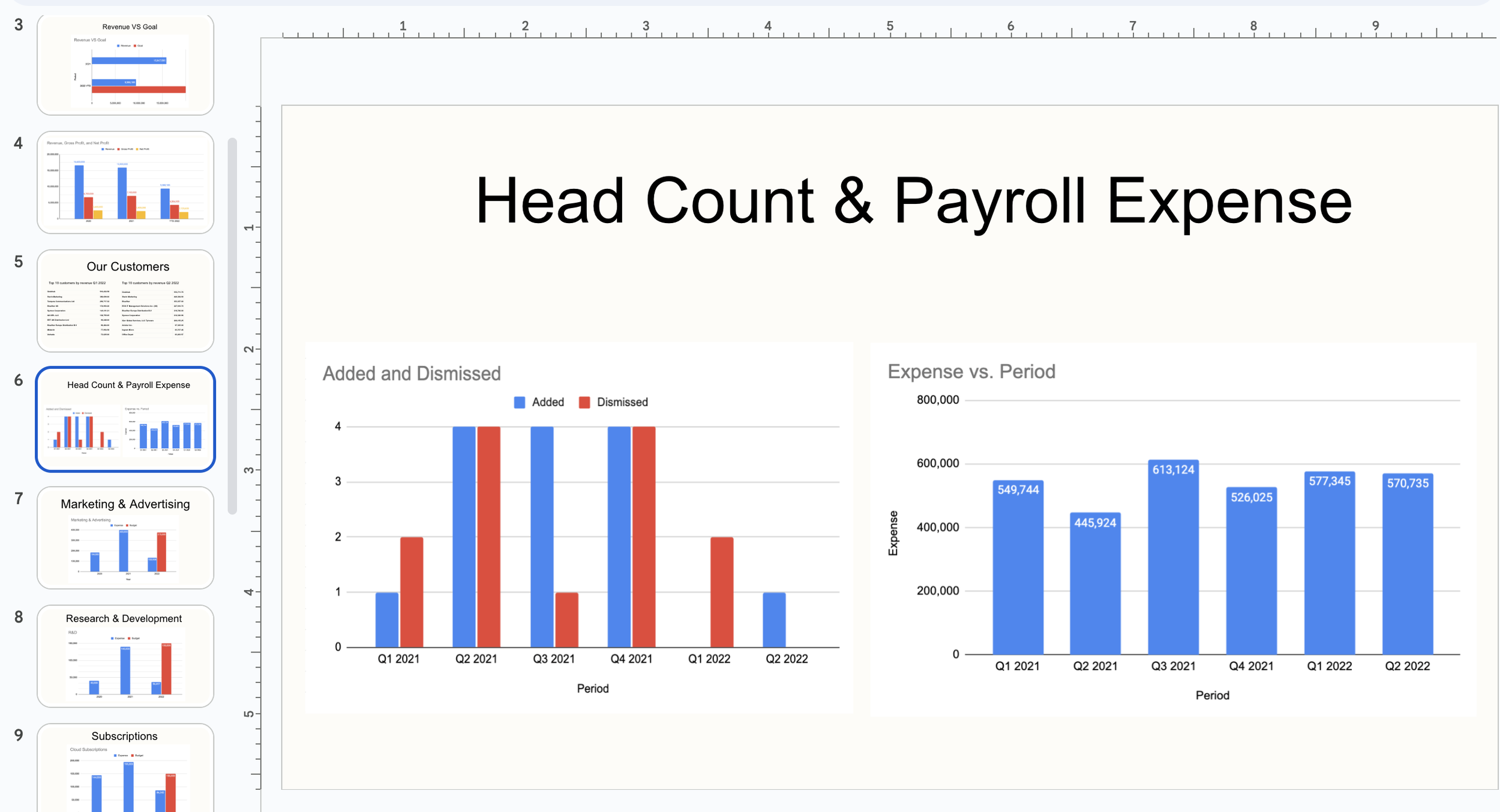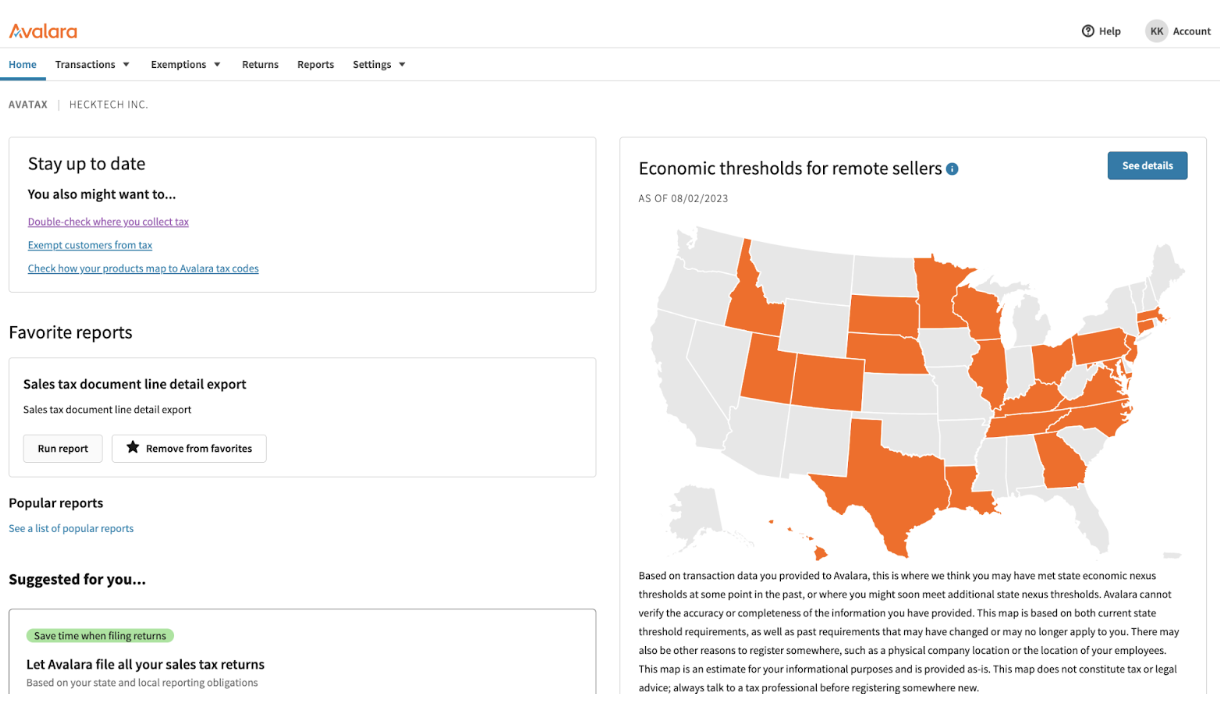cool things i’ve made
Case Study 1: Simplifying Expense Reporting
Problem:
Until 2018, if employees needed reimbursements for company related expenses, or managers needed to purchase supplies for their departments, a single company credit card was shared. Images of the sensitive credit card information duplicated over and over again and shared throughout the company. The company experienced fraud on the card frequently, and all purchases were halted for multiple days while waiting for a new card to be issued. Coding mistakes were frequent due to lost receipts and lack of accountability for purchases.
Solution:
To enhance financial security, empower employees with the tools they need, and streamline expense report accounting, I integrated Ramp in a way that works for the company, rather than against it. I created spend programs that allow employees to stay within budgets and company policies, while also allowing them to quickly and efficiently obtain the approvals they need, request new spend, and document their receipts. I then integrated this into our accounting software to save my accounting team hours a week collecting documentation and coding credit card transactions - both increasing productivity and completely eliminating all coding mistakes.
Methods:
Because our budget for additional software subscriptions was minimal, I ruled out solutions that came with a fee
I surveyed a subset of the company to determine purchasing habits and preferences for purchase documentation
I met with a Ramp rep, demoed, and trialed a few processes with our purchasing department. Upon successful beta testing, I fully integrated and rolled out the expense program - followed by hosting an all hands to provide proper training.
Case Study 2: Modernizing Reporting
Problem:
Even in 2023, most companies manage their reporting on a quarterly or yearly basis. They rely on manually building out reports each quarter taking hours of detail work and leaving room for a large margin of error. At Heckler, this looked like an already shortage of labor resources being pulled away to prepare reports based on old numbrs that weren’t very helpful for decision making.
Solution:
You get a dashboard! You get a dashboard! Everybody gets a dashboard!
Curating custom BI dashboards that update in real time and are built for the individual user. Whether giving the owner a general overview, our procurement team a better view of inventory levels, or sharing out our customer metrics to our sales team. Everyone who should have eyes on KPIs, now has easy, up-to-date, legible access to the important information they need to make decisions.
Methods:
Taking all use cases into consideration, I mapped out the users, which dashboards were needed, and where the data for those dashboards would be sourced from
After trialing a few different dashboard programs, I found that Grow.com worked best for each of those use cases
I met with each department individually, listened to their needs, integrated each individual dashboard into their respective systems, and populated it with the relevant metrics.
Case Study 3: Streamlining State Sales Tax Compliance
Problem:
Small businesses spend, on average, over 130 hours a month managing sales tax compliance. This is because each state has a different tax rate and different requirements for collecting that tax. Then, there is the act of filing the actual returns. All of this was taking labor hours the company simply did not have the bandwidth or funding for.
Solution:
Through extensive knowledge of state sales tax laws, and comprehensive sales and customer analytics, I was able to pinpoint exactly which states this company was not compliant in and work with each individual entity to clear the organization’s name while successfully negotiating penalty waivers.
Finally, I implemented Avalara into our multi-channel sales systems to properly calculate, charge, and tax customers moving forward, and alert the company to new obligations as we approached state revenue thresholds.
Methods:
I took inventory of where we were at, and where we wanted to be. I did extensive reporting up to 5 years back on sales for each state, exempt customers, and state laws.
I then prioritized by risk level and liability to the company
In order of priority, I filed VDA agreements with applicable states, created the appropriate sales tax accounts, and brought filings up to date.









